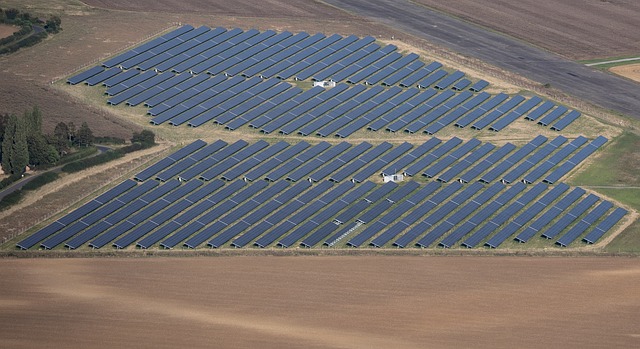Unraveling the Intricacies of Water Rights Laws in the United States
Introduction: In this comprehensive exploration of water rights laws in the United States, we delve into the complex history, recent developments, and societal implications of this critical legal area. Water rights laws in the U.S. have a rich and varied history, rooted in the contrasting legal doctrines of the East and the West. Eastern states, with their abundant rainfall, adopted the Riparian Doctrine, which permits landowners to use water from a waterbody that crosses or borders their property. Conversely, Western states, characterized by arid landscapes, adopted the Prior Appropriation Doctrine, recognizing the first person to put water to beneficial use as the rightful owner.

The Shift in Landscape: Current Developments in Water Rights Laws
In recent years, water rights laws have seen significant shifts. Growing population, industrialization, and climate change have put immense pressure on water resources, necessitating legal adjustments. Western states have begun to recognize the limitations of the Prior Appropriation Doctrine, with some adopting hybrid systems incorporating elements of the Riparian Doctrine.
Navigating the Legal Mosaic: State Water Rights Laws
Water rights laws vary significantly across states, creating a complex legal mosaic. For instance, California, dealing with frequent droughts, has a complex system blending riparian rights, prior appropriation, and regulated allocation. Texas, on the other hand, follows the Rule of Capture, granting landowners the right to capture as much water under their land as they can, subject to certain restrictions.
The Ripple Effect: Implications of Water Rights Laws
Water rights laws have far-reaching implications for society. They influence decisions about water usage for irrigation, industrial processes, drinking, and conservation efforts. They also significantly impact land value, as access to water is a crucial factor for many land-based activities. Furthermore, they play a pivotal role in resolving disputes between states over shared water resources.
The Road Ahead: Future Perspectives on Water Rights Laws
The future of water rights laws hinges on striking a delicate balance between human needs, economic growth, and environmental sustainability. Climate change, with its potential to exacerbate water scarcity, adds another layer of complexity. Legislators and policymakers will need to navigate these challenges, possibly through innovative legal frameworks and increased emphasis on water conservation and equitable distribution.
The evolving landscape of water rights laws in the U.S. presents a compelling study of how law adapts to societal needs and environmental realities. As the nation grapples with issues of water scarcity, equitable distribution, and environmental conservation, these laws will continue to play a pivotal role in shaping its future.




